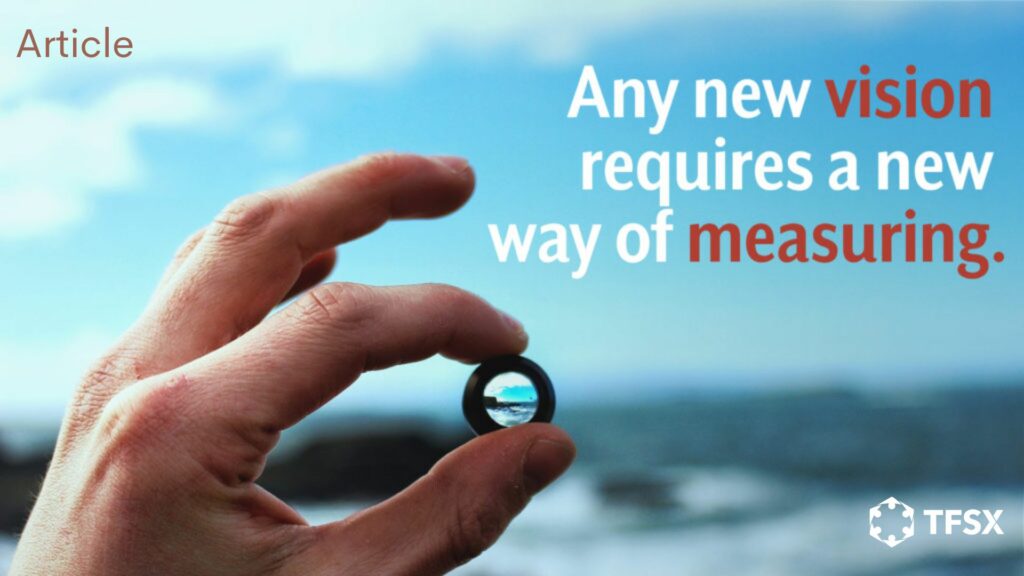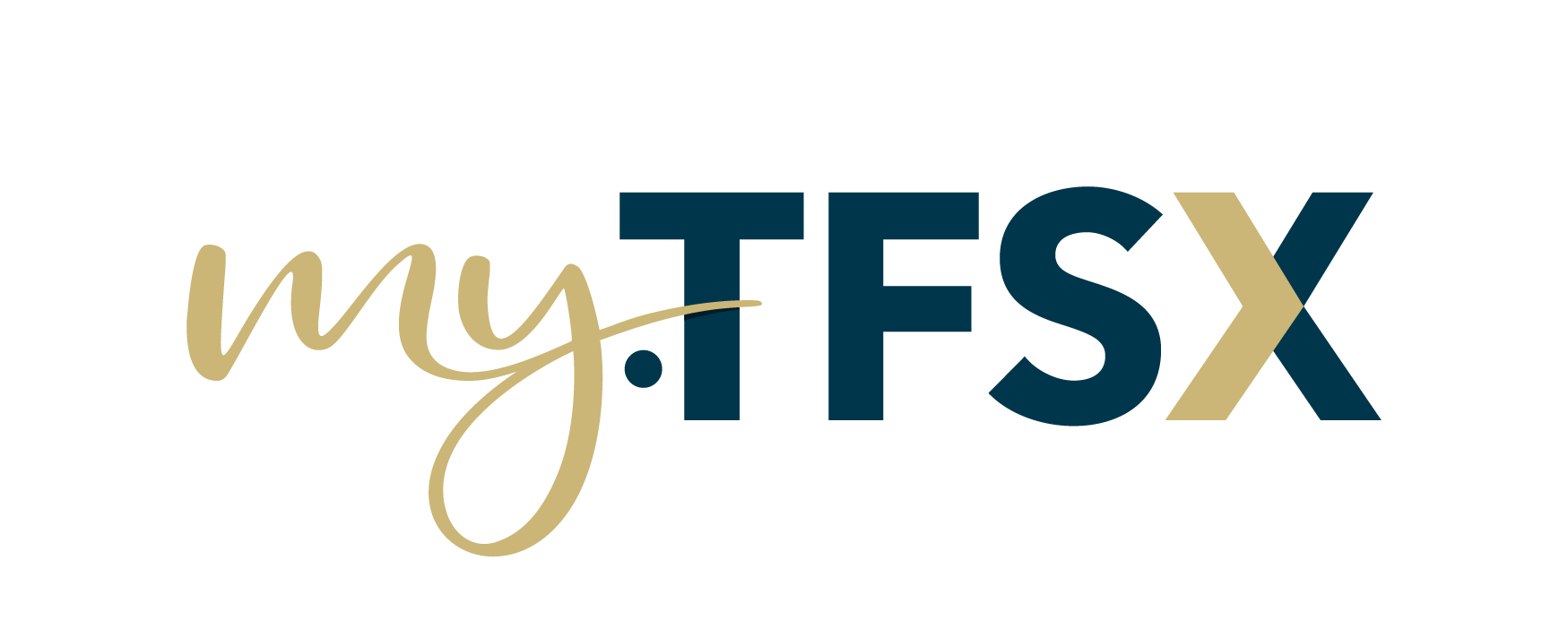Welcome and Introduction
Welcome
In this lesson, you will receive an overview of the program and explore how scenarios are used within the field of Strategic Foresight.
Scenarios in Strategic Foresight
Strategic Foresight and its most common tool, scenarios, have been used successfully at the corporate planning level for decades. Today, organizations such as Intel, Ford, General Mills, and The Walt Disney Company employ futurists to create scenarios for strategy development and innovation. In addition, governmental agencies around the world are regularly using scenarios to pressure test the future-readiness of policies and actions. These future worlds are a powerful tool for overcoming blindspots and seizing unseen opportunities.
Scenario building and development acts as an immune system within our organizations, allowing us to create adaptive, resilient, and transformational strategies that are effective no matter which future emerges. These “multifaceted strategies” harness the depth of multiple alternative worlds in all of our decisions, making our operations much more agile, flexible, and dynamic.
Going Beyond Data
Scenarios help us to go beyond quantitative or numerical data by mapping the complexity of alternative futures that cannot be captured and represented by the limitations of today’s traditional metrics.





